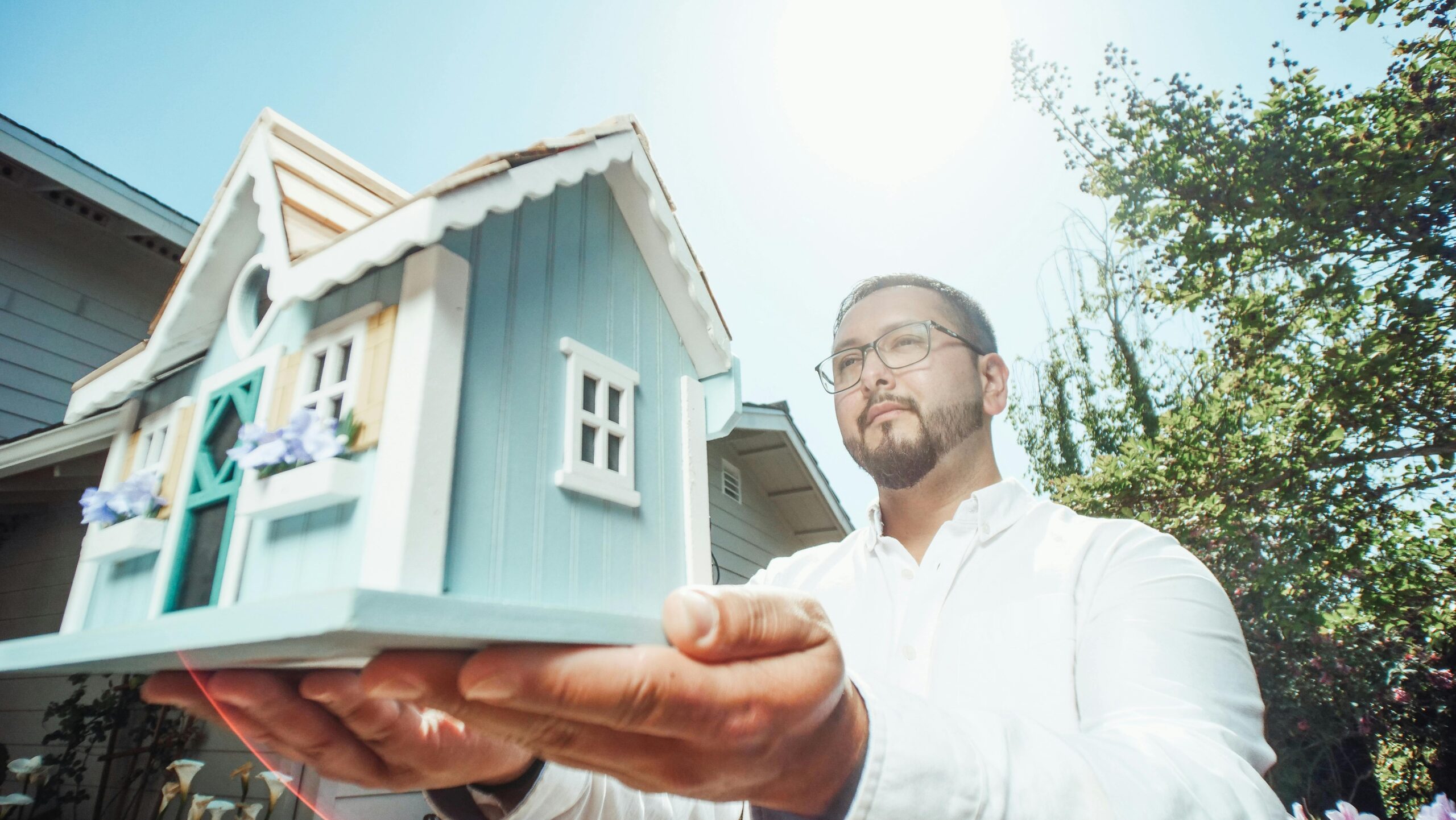
House flipping has been a lucrative investment strategy for years, allowing investors to buy, renovate, and resell properties for profit. However, with shifting economic conditions, rising interest rates, and fluctuating home prices in 2025, many real estate investors are questioning whether house flipping remains a viable and profitable venture.
The real estate market is always evolving, and success in flipping depends on understanding market trends, renovation costs, and homebuyer demand. This article will explore the current state of house flipping in 2025, weigh its advantages and challenges, and provide strategies to maximize profitability in this changing landscape.
Understanding the 2025 Real Estate Market
Before diving into the specifics of house flipping, it is essential to understand the real estate market conditions in 2025. Several key factors are influencing the profitability of flipping homes this year:
- Higher Interest Rates: Mortgage rates have increased, making borrowing more expensive for both investors and homebuyers. This can lead to lower buyer demand and extended time on the market for flipped homes.
- Home Price Fluctuations: While some markets are experiencing price stabilization, others are seeing declines. Investors need to be aware of local trends before purchasing a property to flip.
- Construction and Renovation Costs: Supply chain disruptions and labor shortages continue to drive up the costs of materials and skilled labor, making renovations more expensive.
- Buyer Demand: The demand for move-in-ready homes remains strong, but economic conditions could affect affordability and the speed at which flipped homes are sold.
- Increased Competition: More experienced investors are entering the market, making it harder to find undervalued properties.
By considering these factors, investors can make informed decisions about whether house flipping is still a profitable strategy for them in 2025.
Pros of House Flipping in 2025
Despite the challenges, house flipping remains a potentially profitable venture for those who adapt to market conditions. Here are some reasons why flipping is still an attractive option in 2025:
1. High Demand for Move-In-Ready Homes
Many homebuyers, especially first-time buyers, are looking for properties that require little to no work. With busy lifestyles, buyers prefer move-in-ready homes over fixer-uppers. If a flipped home is well-renovated and priced competitively, it is likely to attract serious buyers.
2. Potential for Market-Specific Opportunities
While some cities may experience slowing markets, others are still growing due to factors like job creation and population increases. Investors who do thorough market research can identify high-demand areas and capitalize on emerging real estate trends.
3. Increased Availability of Distressed Properties
As economic conditions fluctuate, foreclosures and distressed property sales may increase. This provides opportunities for investors to purchase homes below market value and increase their profit margins through renovations.
4. Growing Popularity of Alternative Financing
Traditional bank loans may be harder to secure due to rising interest rates, but alternative financing options, such as private lending, hard money loans, and seller financing, are becoming more accessible. These options can help investors fund projects without relying on conventional mortgage loans.
Cons of House Flipping in 2025
While there are opportunities, house flipping also comes with challenges that investors must be prepared for:
1. Higher Borrowing Costs
Interest rates have risen in recent years, making loans more expensive for investors who rely on financing to fund their flips. This can eat into profit margins, especially if the home sits on the market for an extended period.
2. Rising Renovation Costs
The cost of materials and labor has surged due to ongoing supply chain disruptions and workforce shortages. Flippers must be careful in budgeting and selecting cost-effective renovations to maximize their profits.
3. Longer Holding Times
Due to increased mortgage rates and economic uncertainty, homebuyers may be more hesitant to purchase, leading to longer sales timelines for flipped properties. Extended holding times mean higher carrying costs, including property taxes, utilities, and insurance.
4. Stricter Lending Requirements
Some lenders have tightened their loan approval criteria, making it more difficult for new and small-scale investors to secure financing for flipping projects.
5. Greater Competition
With more seasoned investors and large real estate firms entering the house-flipping market, finding undervalued properties is becoming more difficult. Investors need to act quickly and strategically to secure profitable deals.
How to Maximize Profitability in 2025
If you decide to move forward with house flipping in 2025, it’s essential to implement smart strategies to increase your chances of success. Here are some key steps to maximize profitability:
1. Choose the Right Market
Not all markets are the same. Research areas with strong demand, low inventory, and job growth. Focus on cities and neighborhoods where home prices are stable or rising.
2. Buy Below Market Value
Successful house flipping starts with purchasing properties at a discount. Look for foreclosures, distressed properties, short sales, and motivated sellers. The lower the purchase price, the higher the potential profit margin.
3. Stick to a Smart Renovation Budget
Overspending on renovations can significantly reduce profits. Focus on high-impact upgrades that provide the best return on investment, such as:
- Modernizing kitchens and bathrooms
- Improving curb appeal with landscaping and fresh paint
- Upgrading flooring and lighting fixtures
- Enhancing energy efficiency
4. Work with Reliable Contractors
One of the biggest challenges in house flipping is managing renovations efficiently. Partnering with experienced, reputable contractors can help avoid delays and costly mistakes.
5. Price Competitively
Overpricing a flipped home can lead to extended market time and increased carrying costs. Analyze comparable sales in the area and price the property competitively to attract buyers quickly.
6. Sell Strategically
Use effective marketing strategies, including high-quality listing photos, virtual tours, and professional staging, to make the home stand out. Working with an experienced real estate agent can also help ensure a successful sale.
7. Consider Alternative Exit Strategies
If selling the property quickly is not feasible, consider other options, such as renting it out for passive income until market conditions improve.

So, is house flipping still profitable in 2025? The answer depends on market conditions, investment strategies, and an investor’s ability to adapt to new challenges. While rising interest rates and increased costs pose challenges, opportunities still exist for those who carefully select properties, manage renovations efficiently, and price their homes competitively.
For those willing to do thorough research and make data-driven decisions, house flipping can still be a profitable endeavor. However, success in 2025 requires flexibility, smart budgeting, and a keen understanding of the real estate market. By implementing strategic buying, renovation, and selling practices, investors can continue to thrive in the house-flipping industry despite the evolving landscape.





